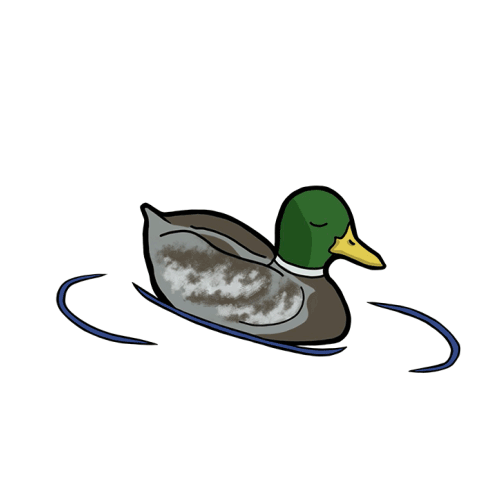Opinion: ‘The Boy Who Cried Wolf’: The environmental importance of the stories we tell
- Thalia Reddall, Staff Writer
- Apr 30
- 4 min read

Throughout human history, practically every culture on the planet has woven stories about local wildlife. In Greek mythology, crow feathers are black because they were scorched black by the anger of Apollo. The pink river dolphin of the Amazon is said to be able to transform into a seductive man by night. Even in this modern age of science and reason, people’s perceptions of animals are shaped by the stories we tell each other. For example, mice can’t even digest cheese, and it is far from their favorite food. These narratives, while seemingly all in good fun, can proliferate dangerous ideas and misinformation about animals, to the point where these stories can disrupt and destroy entire ecosystems.
Many European fairy tales pose the wolf as an antagonist, like “Little Red Riding Hood” or “The Three Little Piggies.” This is in part due to wolves playing an antagonistic role in the lives of farmers, with many packs learning to attack vulnerable domestic prey. But the wolf is also a keystone species, vital to the continued existence of its surrounding ecosystem. When hunters wiped out almost all of the wolves in America, it caused the deer population to skyrocket, decimating a precarious balance and driving away smaller herbivores and the smaller predators that preyed on those smaller herbivores. Much of this damage was swiftly undone when wolves were reintroduced. Furthermore, wolves are shy creatures that do not actively hunt humans and are actually very avoidant of humans.
The same can be said of sharks, another animal that was slandered by popular media to the point where its population was damaged. Shark attacks are rare and often accidental, but media depicting them as evil bloodthirsty hunters — most notably, the movie “Jaws” (1975) — has resulted in people disregarding their importance to the ecosystem. Endangered sharks are often finned for profit or butchered for the sport of it, and conservation movements struggle to gain traction for these fish. Both the author of the book “Jaws” was based on, Peter Benchley, and the famous director Steven Spielberg acknowledged the damage this movie had done to public perceptions. Benchley tried writing books depicting sharks in a more favorable and scientifically accurate light to undo the damage he had done.
The fact of the matter is, some of the most important animals in any given ecosystem are often animals humans don’t care for, and thus people write stories casting those animals as villains, antagonist roles and/or as some great force that needs to be overcome rather than protected. Adorable pandas or noble elephants win the hearts of charities, and while all animal conservation is important, the most important parts of an ecosystem are often left at the wayside when it's discussed.
Wolves benefit from looking and acting like dogs, and sharks benefit from a certain “cool factor,” but how many people do you see advocating to save the reviled vulture? These animals, often depicted as sinister and filthy omens of death, are extremely important to their local environments as scavengers. Their ability to quickly pick corpses to the bones allows them to keep energy flowing within an ecosystem, remove sources of disease, and generally keep any given environment from being littered with corpses. Yet these precious creatures are often the victims of both accidental and intentional poisoning due to human activity.
This isn’t even getting into the fact that scientists estimate 75% of the flying insect population has vanished in the past 27 years. That is existentially terrifying, yet it somehow doesn’t find its way into policy discussions very often.
It’s not a coincidence all of these animals are often posed as villains in the stories we tell. Even if we tell ourselves it's just fiction, our subconscious tells us otherwise. Fiction is a form of communication between humans, and the ideas it carries about the world we live in are slowly internalized by our society over time.
So what can we do to help the public image of these important animals? For one, we can raise awareness, at the very least on a local level. Unfortunately, it’s not enough to just tell people the facts. The archetypes these animals represent in our own collective mythology must be changed as well. Creatives should aim to make art and stories that rehabilitate the image of these animals, acknowledging them as wild animals and thus potentially dangerous, but also extremely important to the world we exist in.
The natural world is something that exists without human permission, and yet we insist on anthropomorphizing everything within it, assigning moral roles to amoral creatures. It’s all in good fun up to a point, but it's also directly contributed to the human-caused plights of these animals being ignored and even actively worsened. But stories can be changed, the future can be rewritten, and we can save these animals from our own folly.




Comments